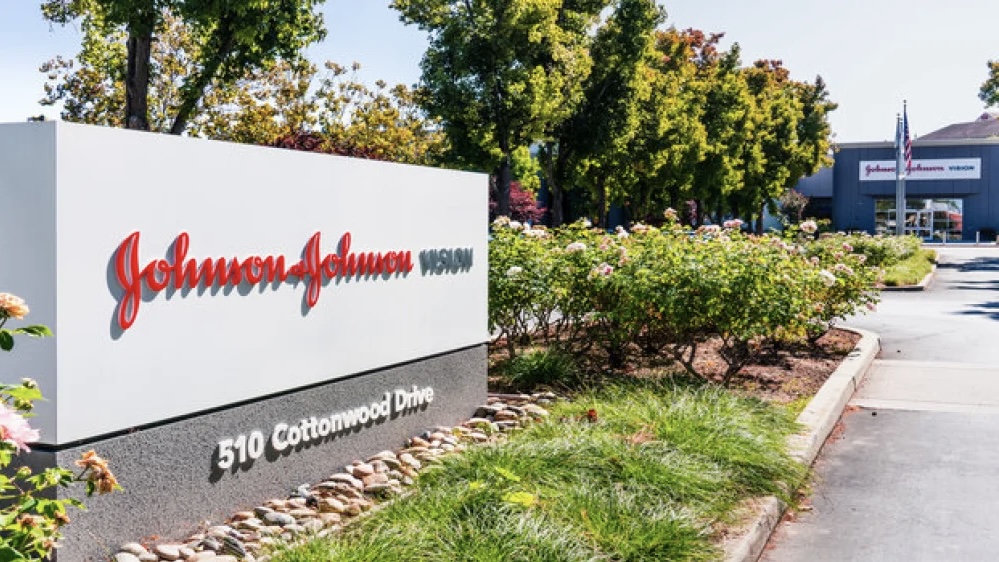
Hung Trinh: Johnson and Johnson’s Dual-Targeting CAR T Hits 80% Complete Response in Early Lymphoma Study
Hung Trinh, Senior Director of Business Development at OBiO Tech and Senior VP of Operations at Seneca Therapeutics, shared a post on LinkedIn:
“J&J’s Dual-Targeting CAR T Hits 80% Complete Response in Early Lymphoma Study
Analysts at Truist Securities called J&J’s CAR T readout “compelling,” noting that the efficacy figures could position the cell therapy as a formidable competitor to the current standard of care, Gilead’s Yescarta.
Johnson and Johnson’s investigational CAR T therapy JNJ-4496 elicited a treatment response in up to 100% of dosed patients with large B cell lymphoma, posing a challenge to Gilead’s current standard of care Yescarta.
Data from the Phase Ib trial, presented at the 2025 congress of the European Hematology Association on Friday, showed a 100% objective response rate (ORR) in patients with relapsed or refractory disease who had undergone one prior line of therapy. Complete response (CR) in this subgroup was 80%. In patients who had received two or more treatments, JNJ-4496’s ORR and CR rates dipped slightly to 92% and 75%, respectively.
In an investor note on Saturday, Truist Securities called these data “compelling,” noting that they represent an “encouraging step up from the current standard of care, Yescarta.” For instance, in the second-line setting, Yescarta, a CAR T manufactured by Kite, showed a 65% CR, dropping to 36% in the third-line, according to the analysts.
“High CR rates in a cross-trial [comparison] vs Yescarta were observed regardless of prior lines of therapy,” Truist added, however noting that JNJ-4496’s true edge was in safety.
The Phase Ib study documented no cases of grade 3 or 4 cytokine release syndrome, a common adverse effect in immunotherapies. However, 84% of patients developed grade 3 or 4 treatment-emergent serious adverse events, the most of which was neutropenia, or low levels of a type of white blood cell.”
More posts featuring Hung Trinh on OncoDaily.
-
Challenging the Status Quo in Colorectal Cancer 2024
December 6-8, 2024
-
ESMO 2024 Congress
September 13-17, 2024
-
ASCO Annual Meeting
May 30 - June 4, 2024
-
Yvonne Award 2024
May 31, 2024
-
OncoThon 2024, Online
Feb. 15, 2024
-
Global Summit on War & Cancer 2023, Online
Dec. 14-16, 2023
